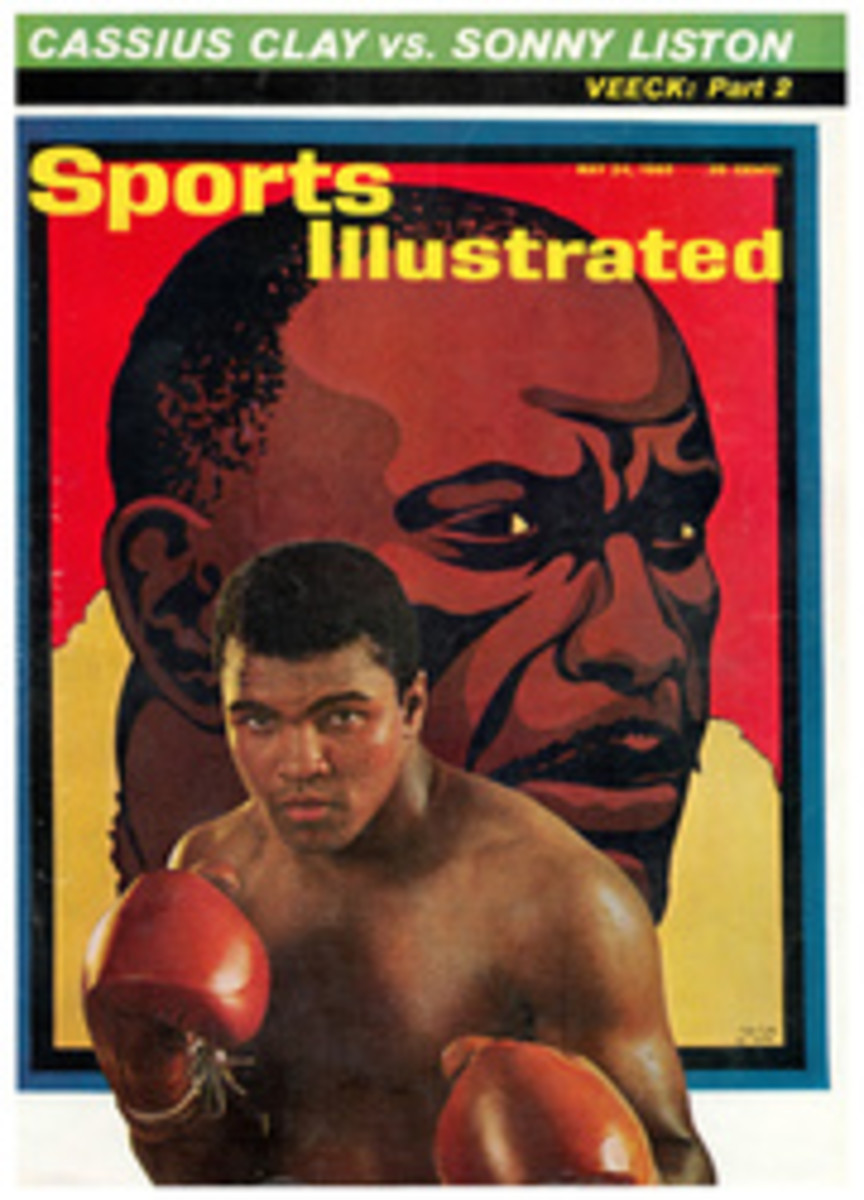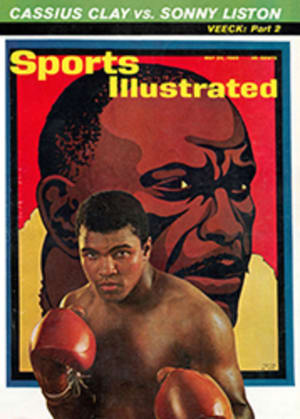
LETTER FROM THE PUBLISHER
According to Webster's, it is no longer correct to use the verb "illustrate" to mean "to enlighten or illuminate." With all due respect to the philological heirs of Noah Webster, the editors of this magazine feel they have a certain vested interest in the verb and decline to go along with this high-handed dictate. If illustration had no capacity to illuminate our pages or enlighten our readers, the name SPORTS ILLUSTRATED would be meaningless. Moreover, there would be no place in our magazine for journalists like Douglas Gorsline.
Artist Gorsline, whose works have been hung in museums from coast to coast, is a reporter who makes his points with line and shadow rather than subject and predicate, but the points are no less valid for that. In the drawings of Cannes and its "beatnik boatmen" on pages 74-78, for instance, Gorsline takes an artist's look at the dolce vita that is Mediterranean yachting, while on the following pages Carleton Mitchell writes on the same thing in terms of his own experience. Each reporter tells a separate story, yet each complements the other. "The methods I use to express my observations," says Gorsline, "are a result of preoccupation with the phenomena of motion and simultaneity. To the extent that photography first revealed these aspects of reality, it might be said that I attempt to adapt some of photography's discoveries to my own medium." Actually, Gorsline's simultaneous, similar multiple images are even closer to motion picture photography.
Gorsline, who studied art at Yale and New York's Art Students League in the '30s, now spends his time roaming the world—mostly France in a Citro√´n station-wagon studio—experimenting with art and doing his own kind of reporting for this and other magazines on such diverse subjects as pool hustlers in Illinois, Rugby in Yorkshire and the medieval architecture of Semur-en-Auxois.
The problem facing journalism now, Gorsline says, "is to see the world with a fresh eye." One solution, he believes, lies along the road to pop art, "that most recent succès fou of the international art scene." Behind pop art's "banalities of shock" and its "cult of the odd personality," says Gorsline, lies "profound historical meaning," i.e., the final liberation of modern art from its progressive disintegration into the abstract.
Says Gorsline: "We have come full circle from 1903, when the camera's eye pioneered documentation of our objective visual circumstances. Objective appearances are once again the province of the creative artist just as they were for a Goya or a Hogarth."
PHOTO
GORSLINE in thoughtful mood before his drawing of a church in Semur-en-Auxois.

